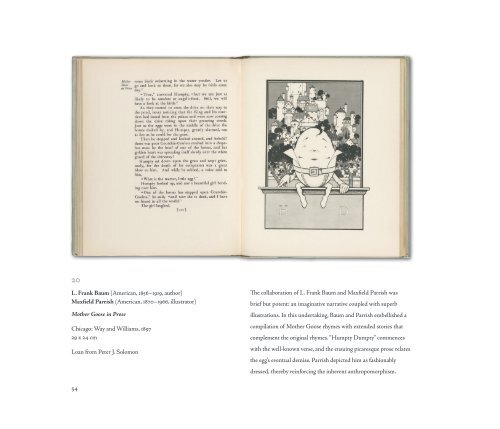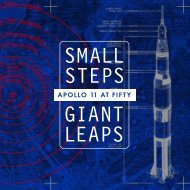Animals Are Us: Anthropomorphism in Children’s Literature; Celebrating the Peter J. Solomon Collection
Why do we tell stories to children through and about animals? Are there reasons why we shouldn’t? Animals Are Us invites explores these questions and more through influential historic examples of anthropomorphism in dialogue with contemporary books drawn from the collection of Peter J. Solomon (Harvard College Class of 1960, MBA 1963) and the holdings of Houghton Library. The exhibition invites you to engage critically with animal anthropomorphism, and delight in the artfulness of this enduring literary genre. Catalog of an exhibition on view at Houghton Library, Harvard University, September 1, 2021 - January 7, 2022.
Why do we tell stories to children through and about animals? Are there reasons why we shouldn’t? Animals Are Us invites explores these questions and more through influential historic examples of anthropomorphism in dialogue with contemporary books drawn from the collection of Peter J. Solomon (Harvard College Class of 1960, MBA 1963) and the holdings of Houghton Library. The exhibition invites you to engage critically with animal anthropomorphism, and delight in the artfulness of this enduring literary genre.
Catalog of an exhibition on view at Houghton Library, Harvard University, September 1, 2021 - January 7, 2022.
You also want an ePaper? Increase the reach of your titles
YUMPU automatically turns print PDFs into web optimized ePapers that Google loves.
20<br />
L. Frank Baum (American, 1856–1919, author)<br />
Maxfield Parrish (American, 1870–1966, illustrator)<br />
Mo<strong>the</strong>r Goose <strong>in</strong> Prose<br />
Chicago: Way and Williams, 1897<br />
29 x 24 cm<br />
Loan from <strong>Peter</strong> J. <strong>Solomon</strong><br />
The collaboration of L. Frank Baum and Maxfield Parrish was<br />
brief but potent: an imag<strong>in</strong>ative narrative coupled with superb<br />
illustrations. In this undertak<strong>in</strong>g, Baum and Parrish embellished a<br />
compilation of Mo<strong>the</strong>r Goose rhymes with extended stories that<br />
complement <strong>the</strong> orig<strong>in</strong>al rhymes. “Humpty Dumpty” commences<br />
with <strong>the</strong> well-known verse, and <strong>the</strong> ensu<strong>in</strong>g picaresque prose relates<br />
<strong>the</strong> egg’s eventual demise. Parrish depicted him as fashionably<br />
dressed, <strong>the</strong>reby re<strong>in</strong>forc<strong>in</strong>g <strong>the</strong> <strong>in</strong>herent anthropomorphism.<br />
54



